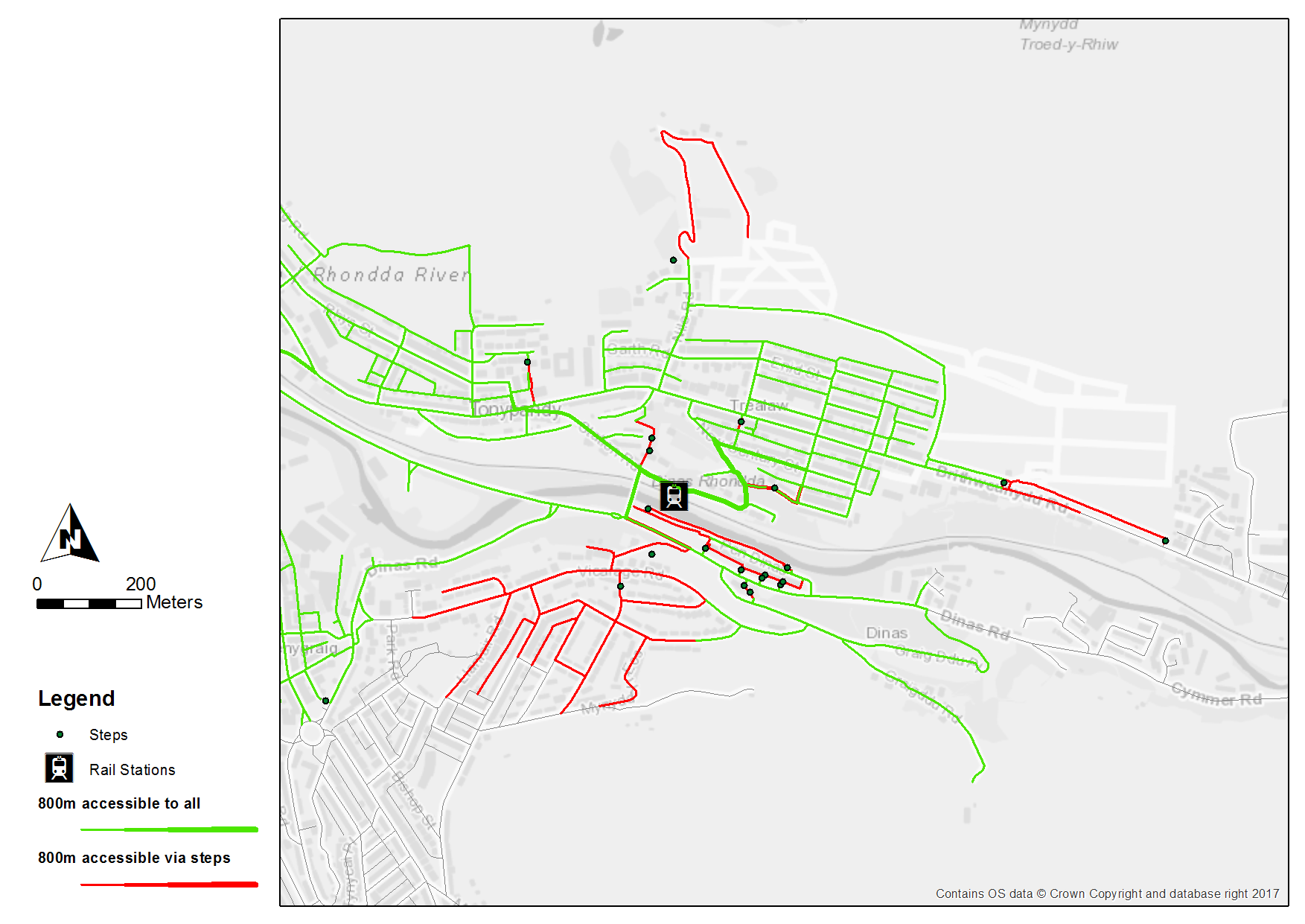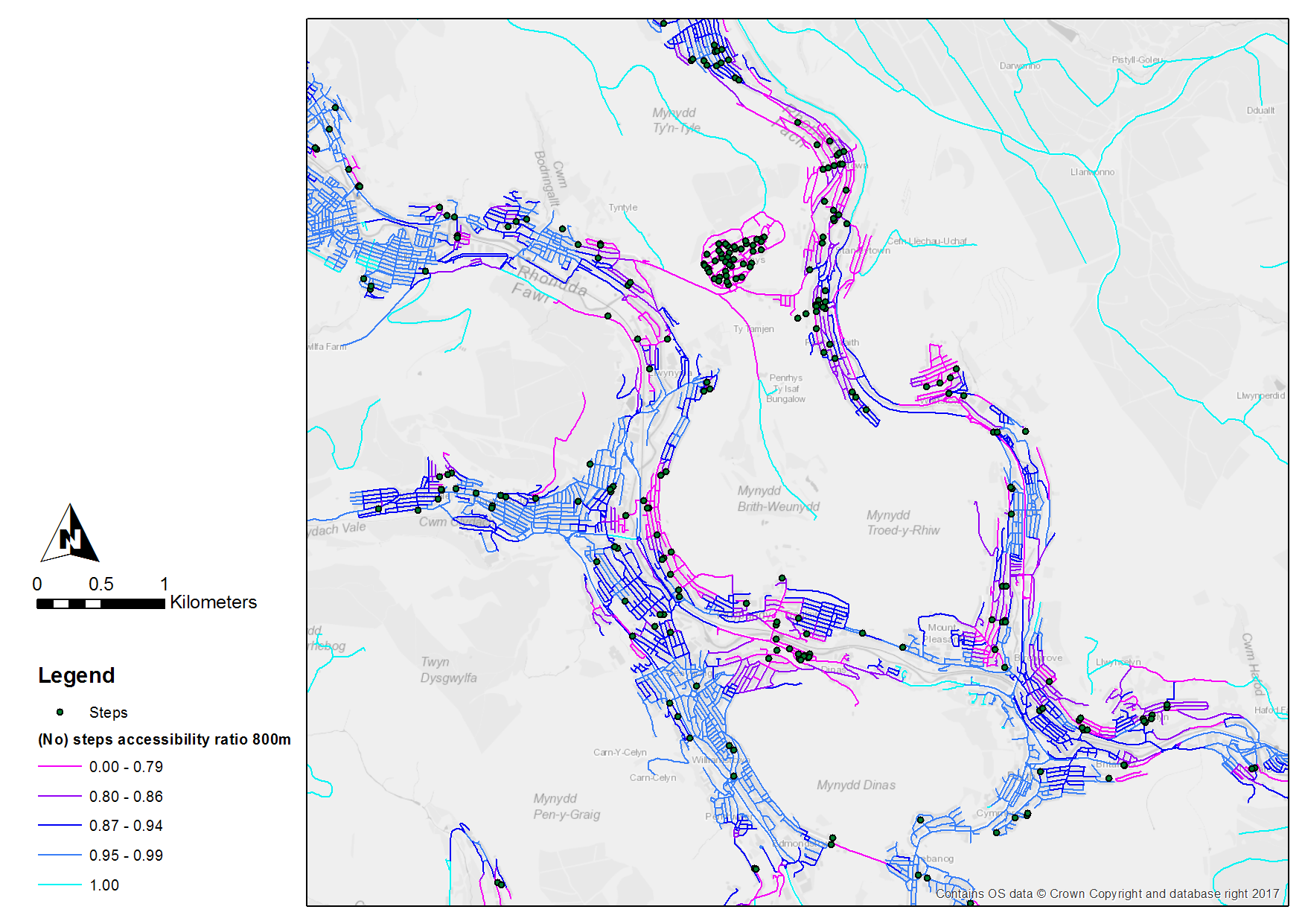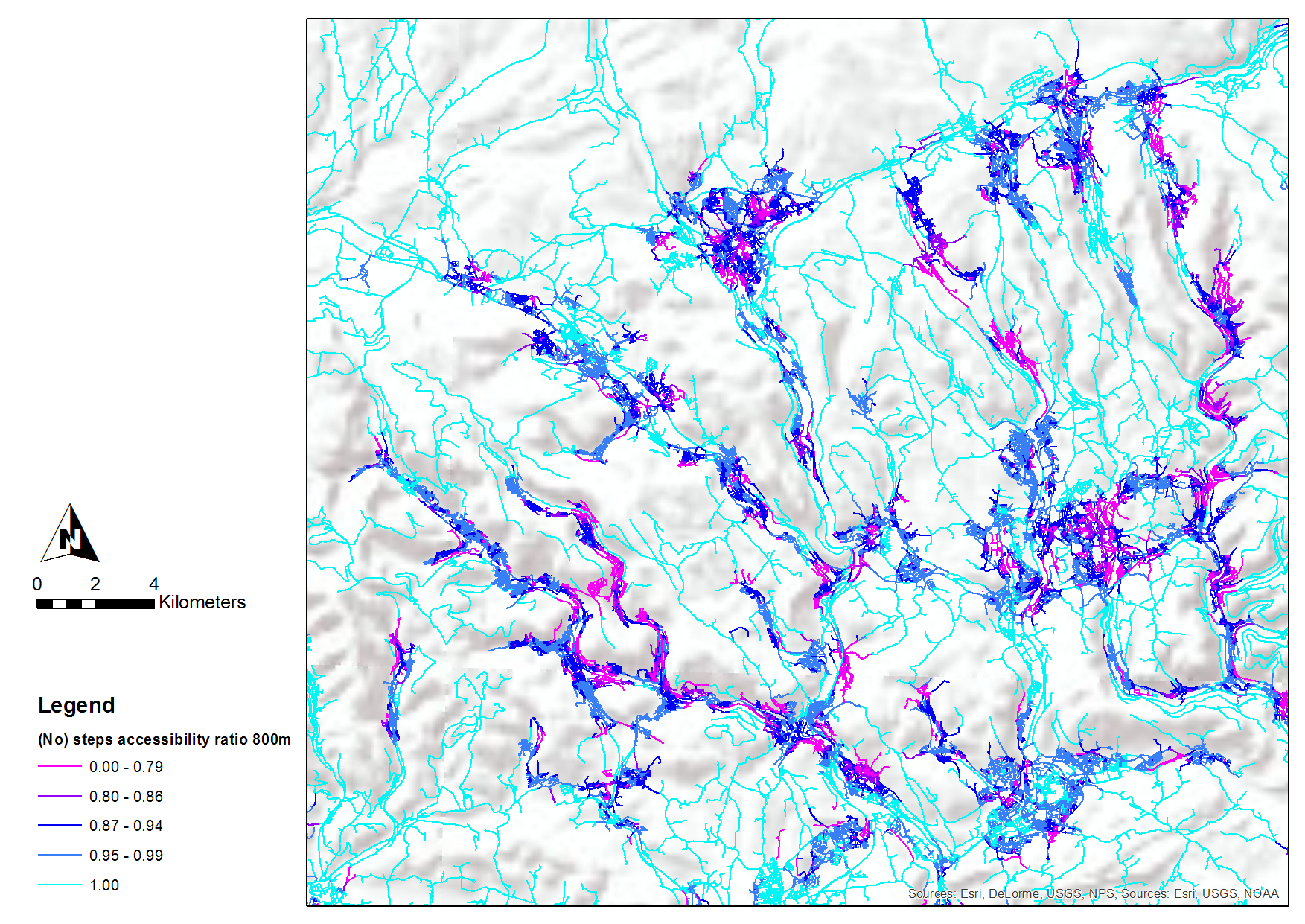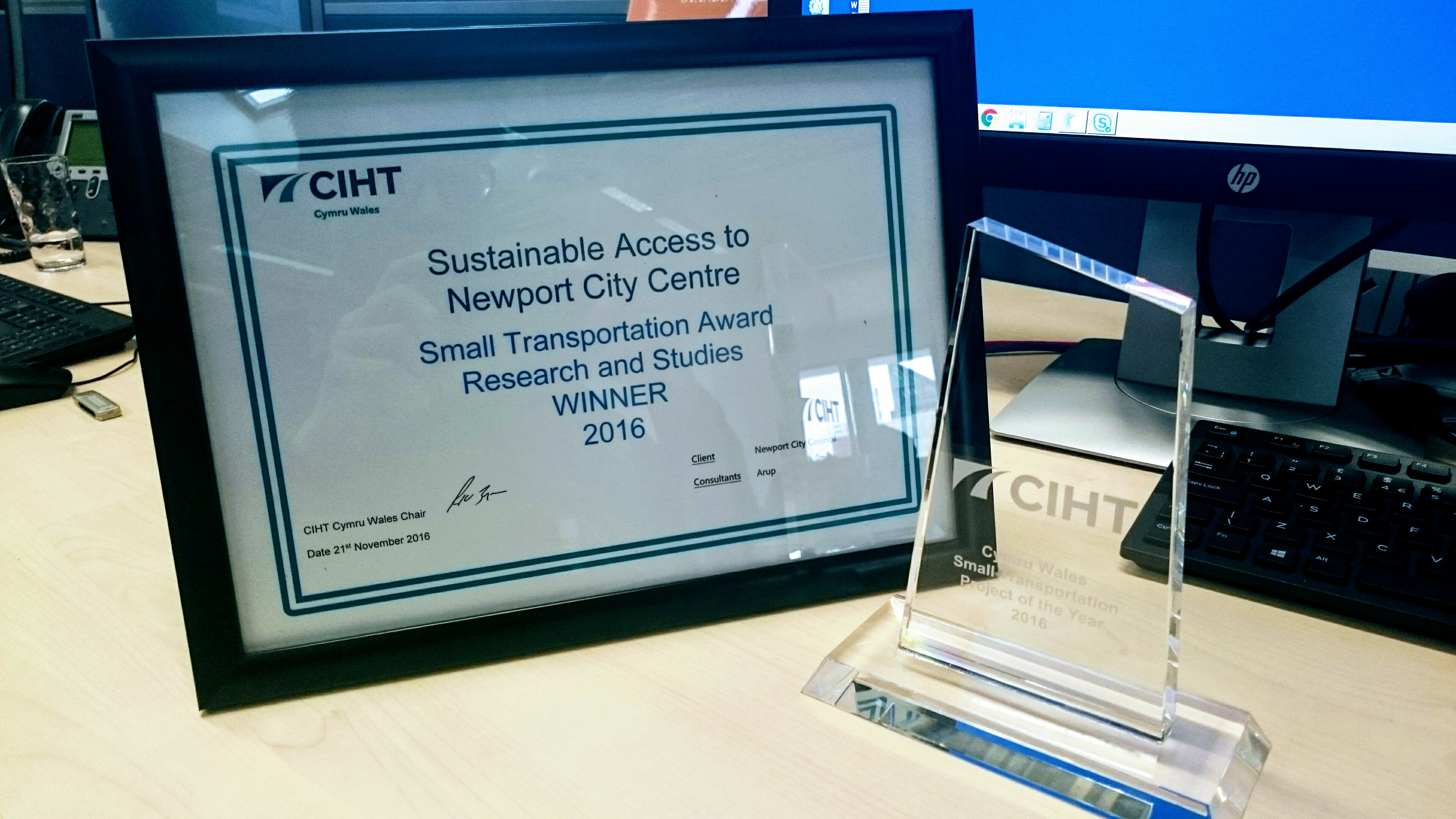The latest sDNA models of cyclist flows and mode choice were presented at the European Transport Conference 2016, UAB, Barcelona. The paper describes use of machine learning techniques to combine multiple sDNA models to fit observed data, incorporate heterogeneous behaviours, and calibrate for agglomeration effects. As well as a nice technique to use in practice (as it can handle the complications of real world data, especially auto- and cross-correlation), this is a step up in rigour for the Spatial Network Analysis tradition – we report cross-validated r2 which brings us more in line with mainstream transport modelling.
The conference paper is available here though this is an outline to be explained in more detail in an upcoming publication:
Cooper, C. (2018) Predictive spatial network analysis for high resolution transport modelling, applied to cyclist flows, mode choice and targeting investment. Int Jnl Sustainable Transportation, https://doi.org/10.1080/15568318.2018.1432730).






